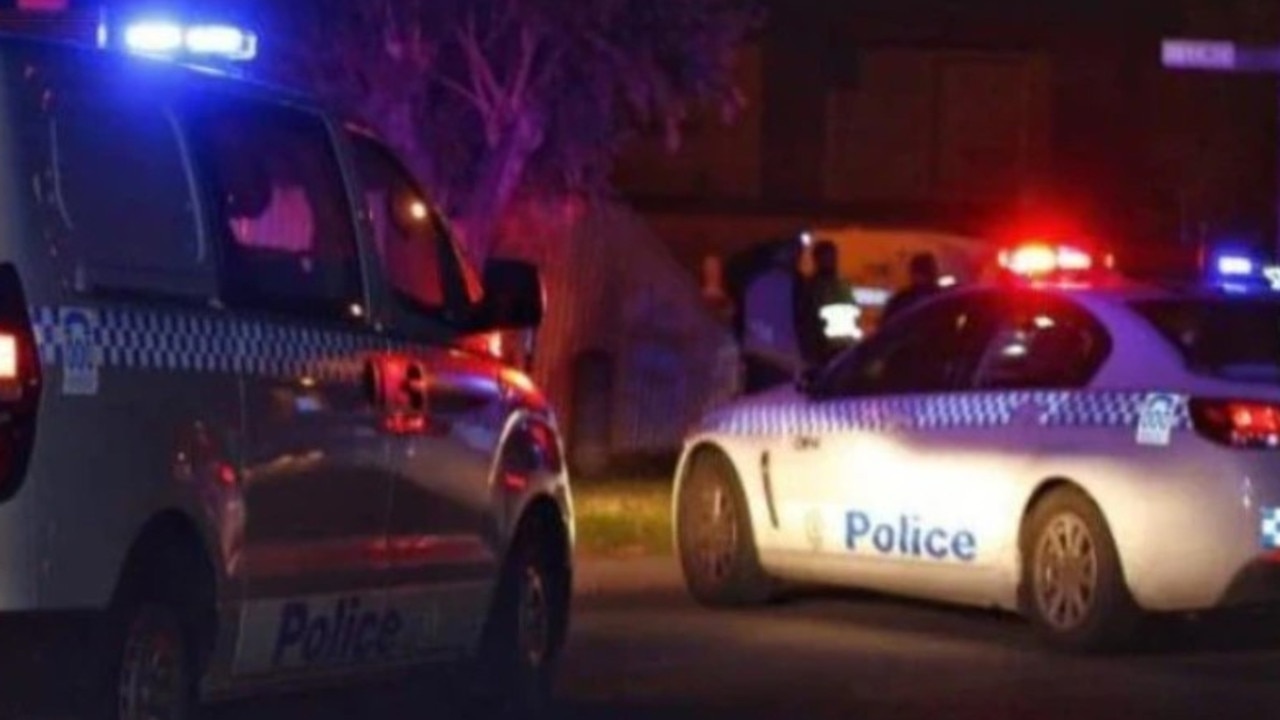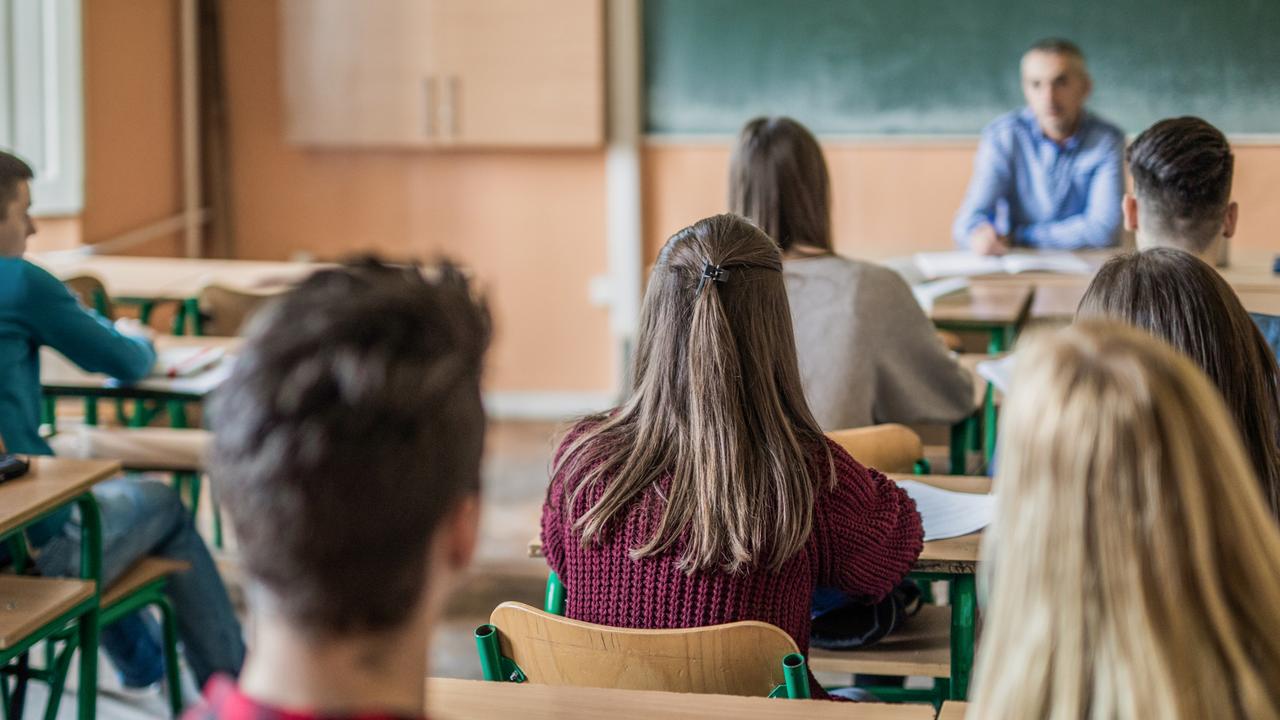NextSense opens to help blind and deaf at Macquarie Park
It has built Australia’s largest cochlear implant program and created trailblazing braille projects. Now an innovation centre in Sydney’s northwest is leading the way to help more than 6 million Aussies expected to have hearing loss.
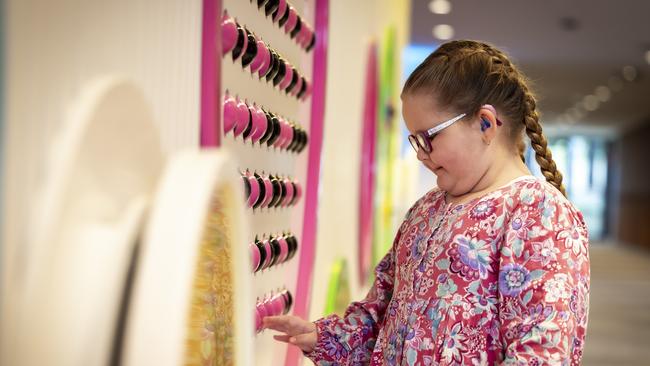
NSW
Don't miss out on the headlines from NSW. Followed categories will be added to My News.
A $75m innovation centre has officially opened in Sydney with the aim of removing barriers for people living with hearing and vision loss nationwide.
NextSense – formerly known as the Royal Institute for Deaf and Blind Children at North Rocks – opened a facility on Monday at Macquarie University where it will run the “most ambitious innovation in its 164-year history”.
The research, education, and treatment centre will be the key base for NextSense national operations and will house health, disability and cochlear implant services for children and adults, a school and preschool, and a major research and professional education program.
The centre sits in the Macquarie Park Innovation District and will bring the organisation closer to its partners already on campus, such as Macquarie University Hearing, Cochlear and Hearing Australia.
It will help people such as St Marys youngster Hannah Dyer who was fitted with hearing aids at three months old.
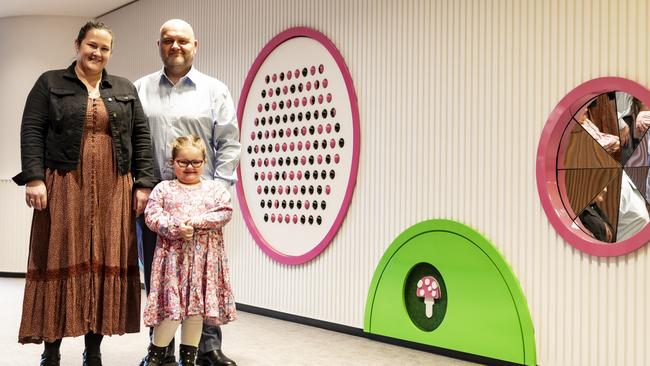
She attends a mainstream school, St Clair Public, which she was able to achieve after seeking early help for speech and language development through NextSense.
Hannah, who turns six next week, was diagnosed with hearing loss in both ears, when she was a newborn.
“I just think the initial news is shocking because you’re not too sure what the future looks like,’’ her mother Tammy Dyer said.
“Then working with all the different services, and working with NextSense, we kind of started to carve our way and what’s best for Hannah’s success.
“I wouldn’t say it’s easy but we had a great team around us from NextSense and Hearing Australia to help us in our journey to help Hannah.’’
The centre has features including “the highest possible acoustic standards”, braille signage, and walls and furniture to help vision-impaired people navigate through walking.
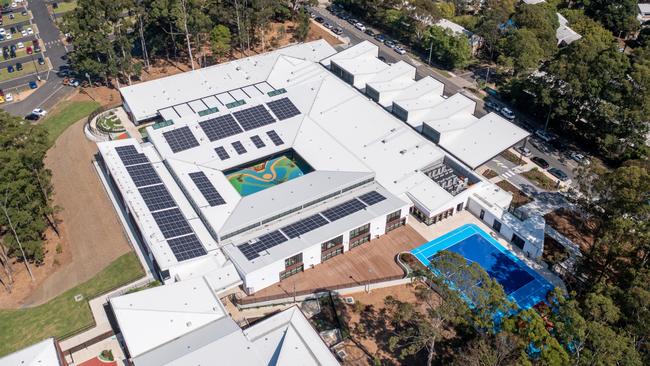
NextSense chief executive Chris Rehn said by 2050, more than 6 million Australians would have hearing loss and more than one million would be blind or have low vision.
He said despite adults being the largest group affected by hearing loss, awareness of its
huge health and social impacts were low.
“If we improve this awareness and access to adult hearing care, we can go a long way to keeping our ageing population healthy and connected, reducing the risk of social isolation, falls, mental ill health and cognitive decline,’’ he said.
“This new centre is an important investment in removing barriers for people who are deaf, hard of hearing, blind or have low vision.
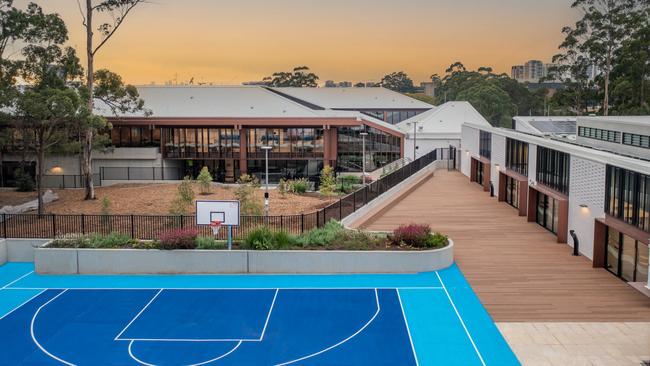
The federal government injected $12.5m to the project.
Thomas Pattison established the organisation as Australia’s first deaf school in 1860.
It has been a trailblazer ever since, from championing compulsory education in the 1900s for children who were deaf and blind, and pioneering teacher training in the 1930s, to creating the first digital version of the Auslan dictionary, building Australia’s largest cochlear implant program, and launching the world’s first online braille training program.
After almost 50 years, the Royal Deaf and Blind Society Institute vacated the NextSense -owned site at North Rocks Rd in 2018 when it sold for more than $100m.

